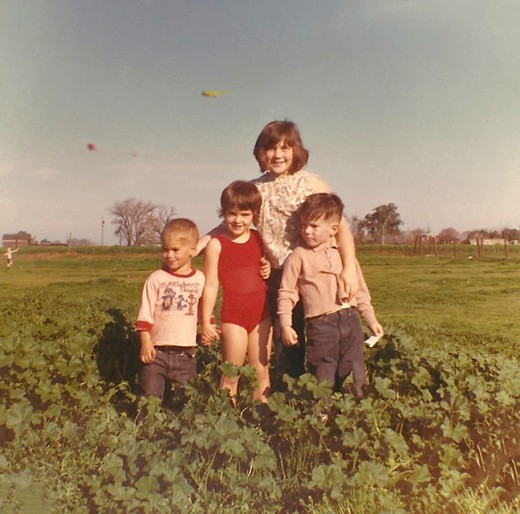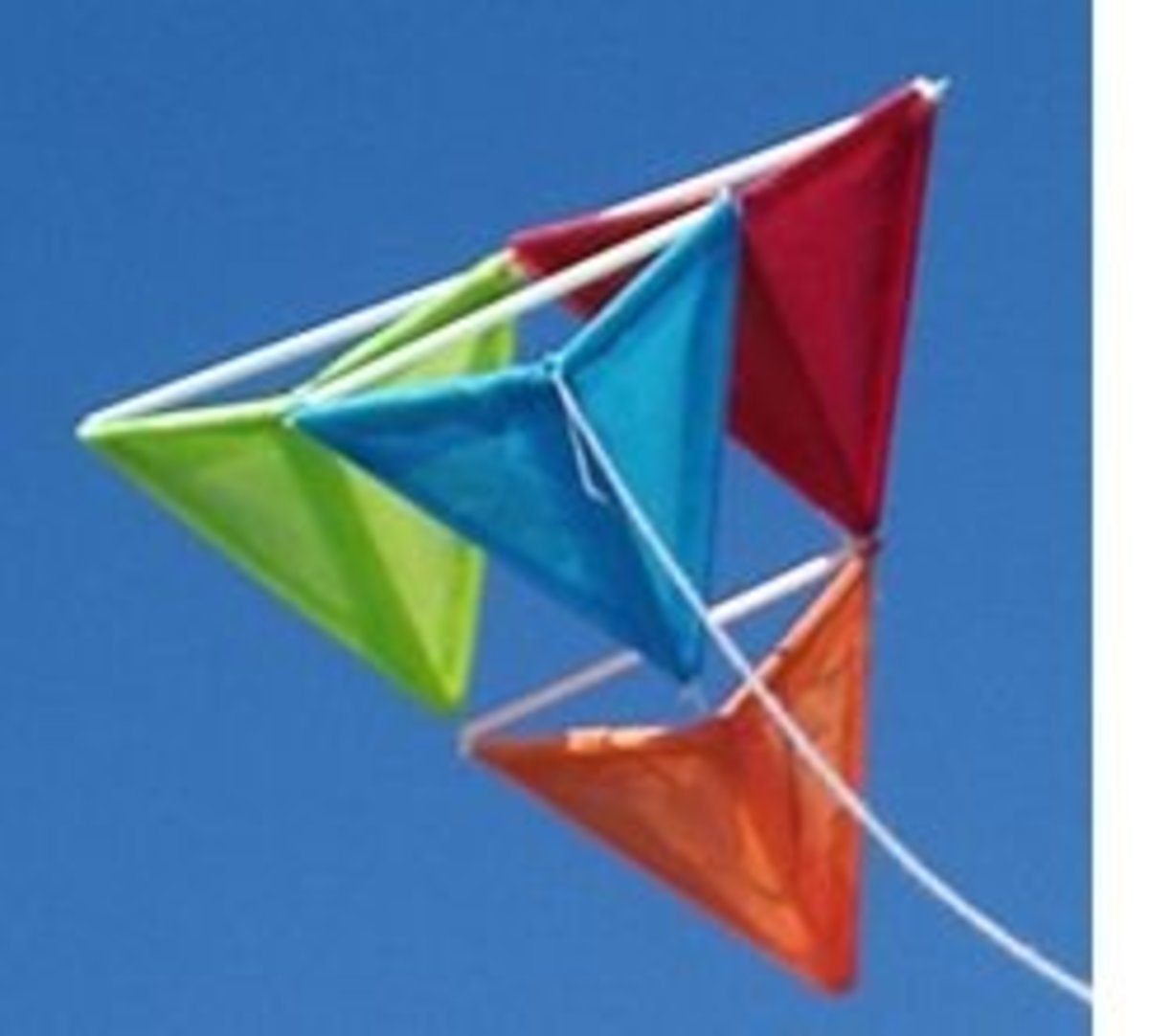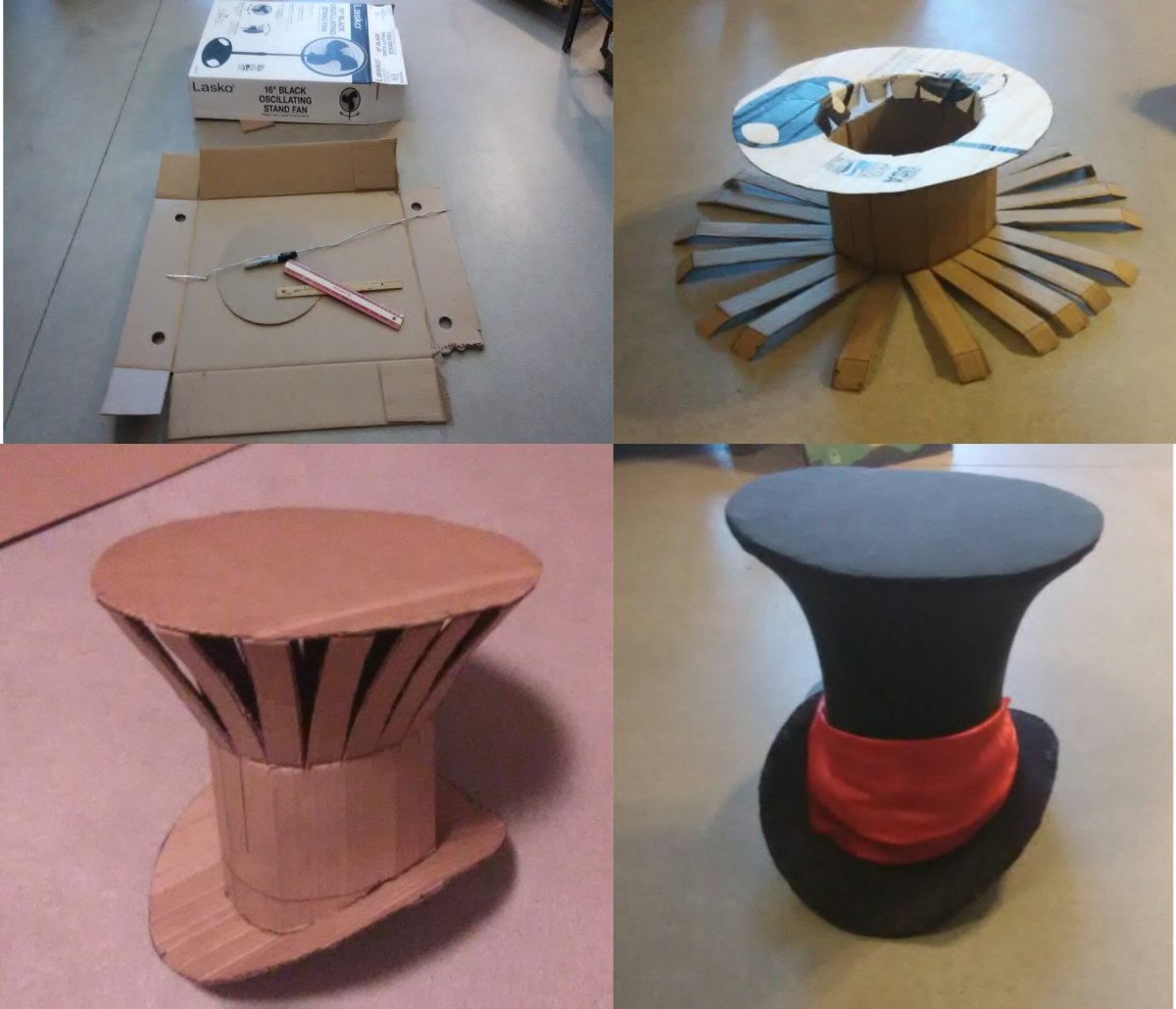- HubPages»
- Arts and Design»
- Crafts & Handiwork»
- Paper Creations
Build Your Own Kite DIY
Fun for the Whole Family

Kite History
It is believed that kites were flown in China more than two thousand years ago. A Chinese general even used a kite flown over the walls of the enemy fortress to gauge how far his troops would have to tunnel to break through and surprise the enemy to become victorious.
Eventually, the kite spread across Asia to India and then monks brought them to Japan where they were flown to ward of evil spirits. Among other things Marco Polo brought kites back to Europe with him in the 13th century, but they were regarded as little more than curiosities.
In the 18th and 19th centuries, kites were used for scientific research. Men like Ben Franklin and Alexander Graham Bell used kites to explore wind and weather and possibilities of airplane flight.
During World War 1 kites were used to observe enemy armies and for signaling. Pilots lost at sea would raise a kite to be more easily spotted and rescued. Ingenious.
North Pole Kite
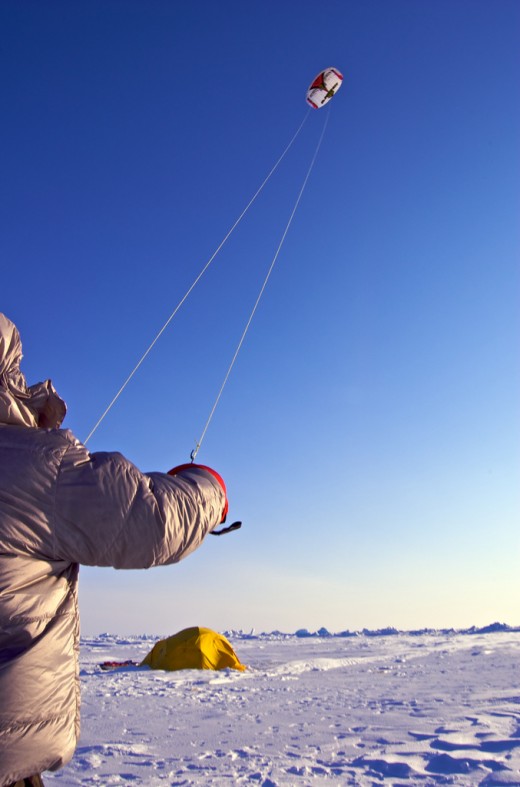
North Pole
In the past 60 years kites have been made stronger and lighter but using new materials such as nylon and fiberglass. They are more durable and maneuverable. Hobbyists use them for races and competitions, while the average child still flies them just for fun. They are not readily utilized for military uses anymore but in 1999 a team was pulled to the North Pole using kite power. Fascinating.
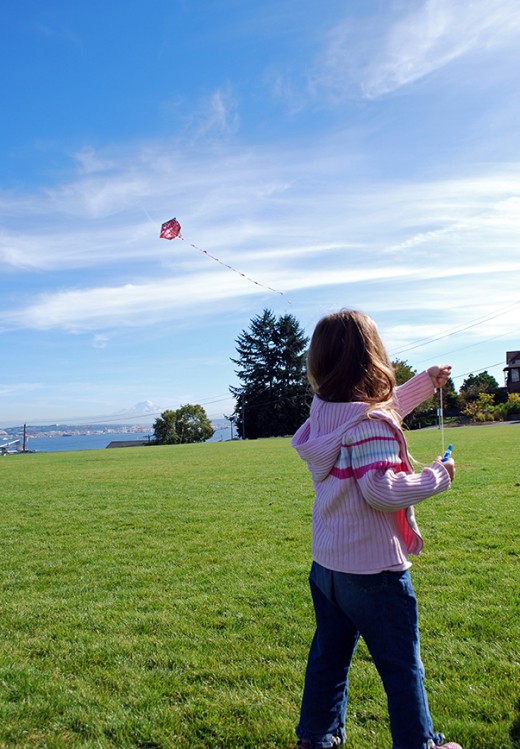
Build Your Own Kite
Materials:
Strong lightweight paper such as wrapping paper, butcher paper, newsprint, drawing paper
Framing sticks (1/8 inch width balsa wood or thin bamboo sticks)
Braided nylon twine for the bridle
Poster paint or colored pencils
Pencil to draw design before painting
White glue
Scissors
Scotch tape
300 feet of lightweight flying line or nylon fishing line
Flying High
Do you like to fly kites? With or without your kids?

Step 1
Fold the paper in half and draw a diamond or triangle shape for the dragon’s face. The dimensions can be the choice of the individual but it is best not to work too large on the first kite. The suggested dimensions are 18” x 12” (not including the tail).
A “dragon” kite can be anything with a long tail such as a caterpillar, or snake, or flag. If you decide to make a dragon, it doesn’t have to be like any dragon you have ever seen before. Make your own.
A Good Breeze
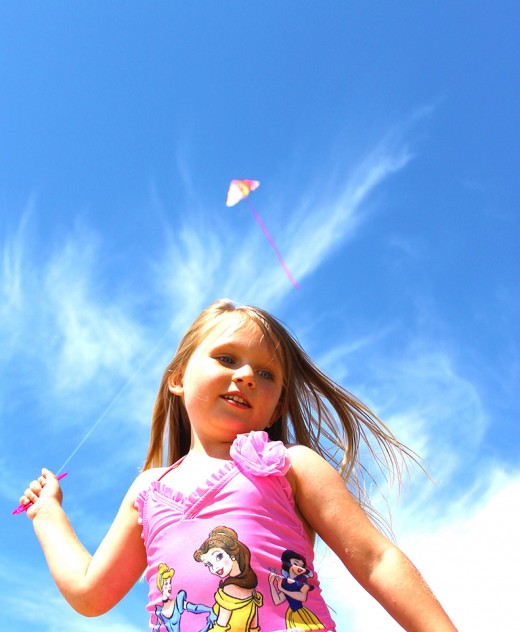
Dragon Kite
For a “dragon” kite, start with a long piece of paper about 9 feet long and about 12 to 14 inches wide for the tailpiece. The tail can be decorated with paint and then taped onto the kite face or it can be part of the kite face, whichever is the easiest for the artist. The face should be cut in the shape of a pentagon with the point up and the flat side down for the tail. Use bold colors and outline the features of the face with black so it can be seen from far away.
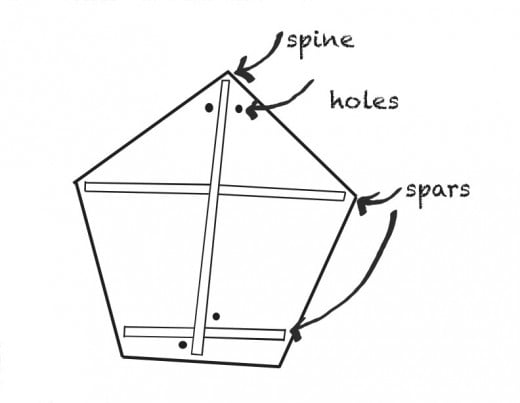

Step 2. Tape the Sticks on the Reverse Side
The face should be painted or decorated before taping the sticks to the other side. Once the face is as desired, tape the stick spar one inch from the bottom edge of the face, then another across the widest point of the Pentagon and one vertical from top to bottom as shown in the diagram.
Poke holes for the bridle cord one inch from the top and bottom of the spine and reinforce the holes with tape. Then attach the bridle cord and the towing ring.
Step 3. Test
Test the kite in the breeze for the best possible placement of the bridle ring. In strong winds, it should be moved up a little; in light winds, the ring should be slightly closer to the midpoint of the string.
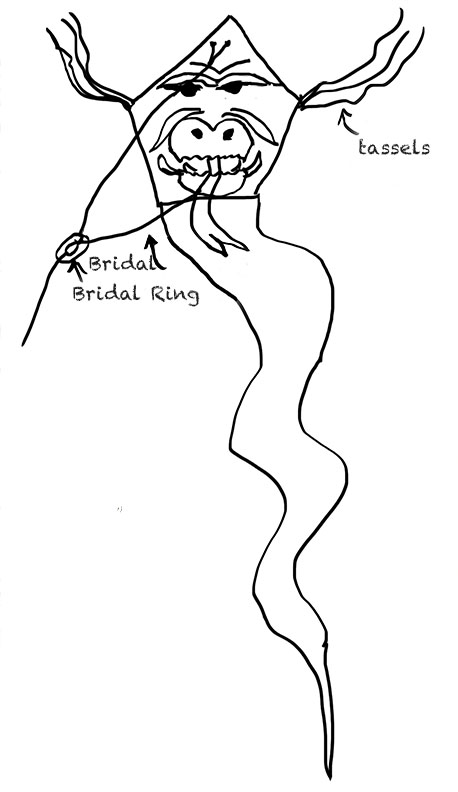
Trouble Shooting
Have fun flying your kite. If you find that the kite spins like a top in the air, it means the tail is not heavy enough. To add weight you can glue or tape another piece of long paper to it for more length or add another thickness of paper to the tail. If the kite has trouble lifting off, it could mean the tail is too heavy and should be shortened.
Kite-eating Tree

Beware Kite-eating Trees
One of my favorite ongoing jokes was the one in the Peanuts cartoons where Charlie Brown is constantly harassed by a kite-eating tree. He could never fly his kite without that tree chomping on it. I had a few run-ins with kite-eating trees myself as a child. So beware. It is always best to find a tree-free zone to fly your kite. One of our favorite places as kids was the horse pasture. You had to be careful of horse droppings or landmines as we called them, but there were no kite-eating trees.
